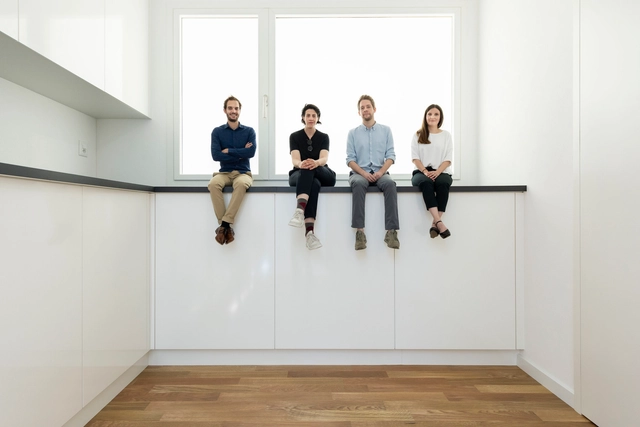
Scale is a very important referential element in built environments. Once manipulated, however, it becomes a key tool that completely changes the way we experience architecture. One of the most prominent projects that put scale at the forefront was the Svizzera 240: House Tour, the Swiss pavilion at the 2018 Venice Biennale, a project that triggered people's behaviors and perception of space, and left them feeling as though they were experiencing an "Alice in Wonderland". The project was awarded with the Golden Lion award for best National Pavilion, described by the Biennale organization as "a compelling architectural installation that is at once enjoyable while tackling the critical issues of domestic space".



.jpg?1484680102&format=webp&width=640&height=580)

_preview.jpeg.jpg?1535984024&format=webp&width=640&height=580)

_preview.jpeg.jpg?1527942180&format=webp&width=640&height=580)
_preview.jpeg.jpg?1527942158)
_preview.jpeg.jpg?1527942168)
_preview.jpeg.jpg?1527942212)
_preview.jpeg.jpg?1527942202)
_preview.jpeg.jpg?1527942180)

.jpg?1529424893)












_Jan_Bitter.jpg?1529500229&format=webp&width=640&height=580)

_Jan_Bitter.jpg?1529499856)
_Jan_Bitter.jpg?1529500587)
_Jan_Bitter.jpg?1529499982)
_Jan_Bitter.jpg?1529500229)









.jpg?1527163240)












